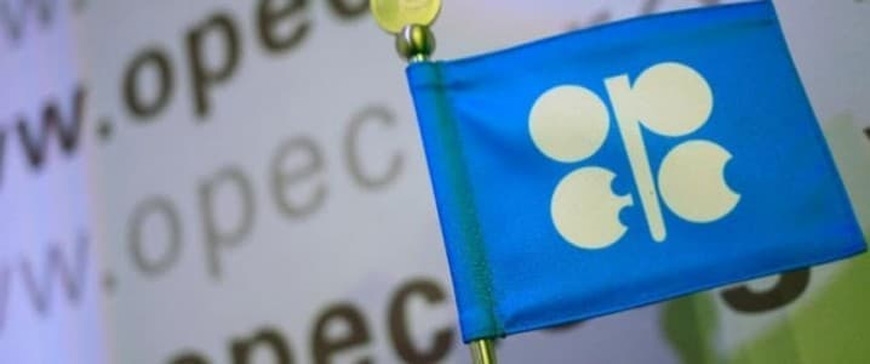With no results yet on the US debt ceiling negotiations and mixed messages on supply, oil prices have risen. Brent crude oil prices have nearly reached $77 per barrel.
World oil prices
Oil prices rose by about 1% at the end of the trading session on May 26, influenced by developments in the US debt ceiling agreement and supply messages from Russia and Saudi Arabia ahead of the OPEC+ policy meeting.
 |
| Gasoline prices increase for second week. Illustration photo: Reuters |
Brent crude for July delivery rose 69 cents, or 0.9%, to $76.95 a barrel. U.S. West Texas Intermediate (WTI) crude rose 84 cents, or 1.2%, to $72.67 a barrel.
For the week, both benchmarks rose, with Brent up 1.7% and WTI up 1.6%. Both Brent and WTI posted their second weekly gain.
Markets remained cautious as debt ceiling negotiations could drag on and there were renewed concerns that a Federal Reserve interest rate hike next month would curb demand following strong US consumer spending data and inflation readings, Reuters reported.
Negotiators are likely to reach a deal soon to raise the $31.4 trillion debt ceiling, but talks could drag on into the weekend, a US official said.
The latest US data showed that consumer spending in the country increased by 0.8% in April; the core personal consumption expenditures (PCE) price index increased by 0.4%, up 4.7% compared to the same period last year; core capital goods orders increased by 1.4%. The data boosted the outlook for US economic growth in the second quarter and rising inflation, prompting the Fed to raise interest rates next month. However, Michael Feroli, chief US economist at JPMorgan in New York, said there could be interesting debates at the Fed's policy meeting next month and expressed confidence that the Fed will keep interest rates unchanged.
Both Brent and WTI crude oil plunged more than $2 in the trading session on May 25 after Russian Deputy Prime Minister Alexander Novak downplayed the prospect of further OPEC+ production cuts at a meeting in Vienna on June 4.
Russia is leaning towards keeping oil production levels unchanged as Moscow is satisfied with current prices and output, Reuters reported, citing three sources familiar with Russia.
That contrasts with earlier hints from Saudi Arabia’s Energy Minister Prince Abdulaziz bin Salman about possible OPEC+ production cuts, who warned short sellers betting on lower oil prices to “watch out” for losses.
Commenting on the volatility in oil prices, John Kilduff, partner at Again Capital, said: “I think we are all on guard ahead of the OPEC meeting next week.”
Money managers cut their net long positions in U.S. crude oil futures and options in the week to May 23, the U.S. Commodity Futures Trading Commission (CFTC) said on May 26.
Meanwhile, U.S. gasoline demand is expected to remain strong as the Memorial Day weekend, May 27-29, begins, boosting demand for car travel.
 |
| Mixed messages around OPEC+ supply are having a strong impact on oil prices. Illustration: Oilprice |
On the supply side, the U.S. oil rig count fell by five to 570 this week, according to a report from energy services firm Baker Hughes Co (BKR.O). In May, the number of oil rigs fell by 21, the biggest monthly decline since June 2020.
However, slowing economic growth and persistent inflation in Europe have limited the upside. Dutch central bank chief Klaas Knot said the European Central Bank (ECB) needs to raise interest rates by 25 basis points at least two more times.
Domestic gasoline prices
Domestic retail prices of gasoline on May 27 are as follows:
E5 RON 92 gasoline is not more than 20,488 VND/liter. RON 95 gasoline is not more than 21,499 VND/liter. Diesel oil not more than 17,954 VND/liter. Kerosene not more than 17,969 VND/liter. Fuel oil not exceeding 15,158 VND/kg. |
MAI HUONG
Source






























































Comment (0)